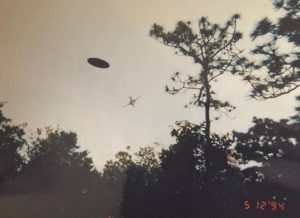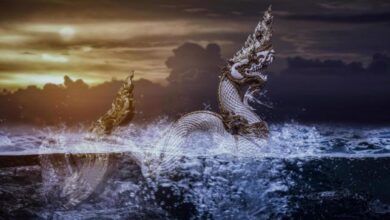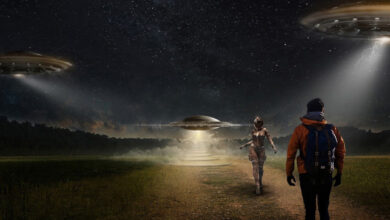How Science Can Explain UFO Sightings

 UFOs, or unidentified flying objects, have been a source of fascination and mystery for many people for decades. Some people believe that UFOs are evidence of extraterrestrial life visiting Earth, while others are more skeptical and look for natural or human-made explanations.
UFOs, or unidentified flying objects, have been a source of fascination and mystery for many people for decades. Some people believe that UFOs are evidence of extraterrestrial life visiting Earth, while others are more skeptical and look for natural or human-made explanations.
But how can science help us understand UFO sightings? What are some of the possible causes and effects of these phenomena?
One of the first steps in investigating UFO sightings is to collect and analyze data. This can include eyewitness reports, photographs, videos, radar records, satellite images, and other sources of information. However, data collection can be challenging due to several factors:
– The quality and reliability of the data may vary depending on the source and the conditions.
– The interpretation and confirmation of the data may depend on subjective factors such as perception, memory, bias, and expectation.
– The availability and accessibility of the data may be limited by legal, ethical, or political issues.

Therefore, scientists need to apply rigorous methods and standards to evaluate and verify the data before drawing any conclusions.
Another step in investigating UFO sightings is to consider alternative hypotheses that can explain the observed phenomena.
These hypotheses can range from natural phenomena such as atmospheric effects, celestial objects, meteors, birds, insects, balloons, drones etc., to human-made phenomena such as aircrafts (military or civilian), rockets (space launches or tests), satellites (orbital debris or flares), fireworks etc.
Some of these hypotheses can be tested by comparing them with existing knowledge and evidence from various fields such as astronomy (e.g., star charts), meteorology (e.g., weather patterns), physics (e.g., laws of motion), biology (e.g., animal behavior), engineering (e.g., aerodynamics), history (e.g., records of events) etc.

However, some hypotheses may be harder to test due to lack of information or resources. For example:
– Some phenomena may be rare or transient and difficult to observe or reproduce.
– Some phenomena may be classified or confidential and not disclosed to the public.
– Some phenomena may be beyond our current scientific understanding or technological capabilities.
Therefore scientists need to weigh the plausibility and probability of each hypothesis based on available evidence.
A final step in investigating UFO sightings is to communicate and disseminate the findings. This can involve publishing papers in peer-reviewed journals; presenting at conferences; engaging with media; educating students; informing policymakers; collaborating with other researchers etc.

However communication can also pose challenges due to several factors:
– The audience may have different levels of interest; background knowledge; critical thinking skills; expectations etc.
– The message may have different goals; tones; formats; lengths etc.
– The medium may have different advantages; disadvantages; limitations etc.
Therefore scientists need to tailor their communication strategies according to their purpose audience context.
In conclusion science can help us understand UFO sightings by applying systematic methods principles tools techniques that aim at discovering explaining predicting understanding natural human-made phenomena.
However science also faces limitations challenges uncertainties that require further investigation collaboration communication education.
Therefore science does not provide definitive answers but rather tentative explanations that are open to revision refinement rejection based on new evidence arguments insights perspectives.
Greetings, explorer! We thank our supporters from the bottom of our hearts for their generous donations that keep anomalien.com alive. If you’d like to join the cause and help us continue to deliver amazing articles, please consider making a donation. Let’s keep the 👽 smiling!Follow us on Instagram, Twitter and Telegram for interesting and mysterious bonus content!




